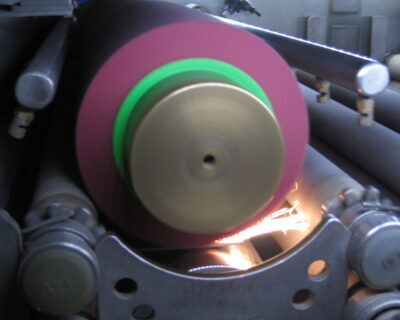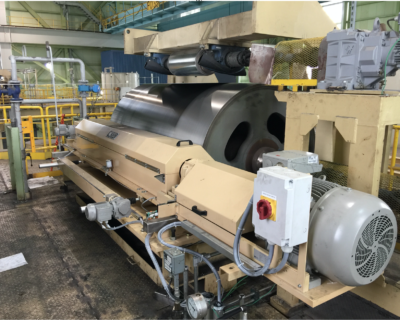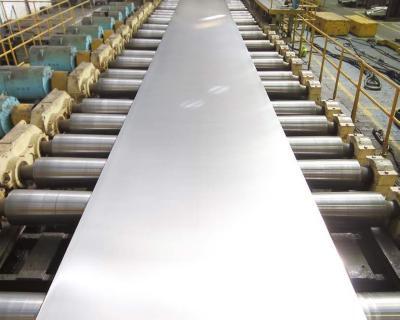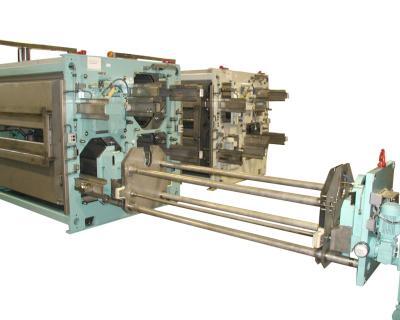Blog
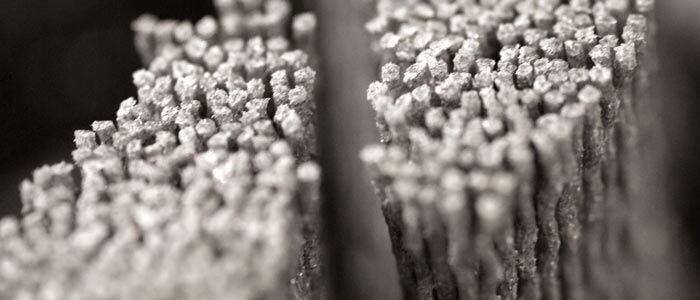
Bristle Brush Pro Tip #2 The Spaghetti Effect
Be aware of the process taking place inside your machine.
In our first bristle brush pro-tip, we demonstrated the importance of making sure to engage the tip of a bristle brush with a strip surface. This content piggybacks on the concept of bristle tip engagement and will bring you value from understanding how to get the best possible cleaning & finishing out of your bristle brush.
Let’s say your new bristle brush has arrived and has been installed in your brush machine. But once the cleaning process is initiated, a change occurs, and that is the effect of temperature on the strip and/or the coolant. This is particularly important if the bristle brush is operating in an alkali solution.
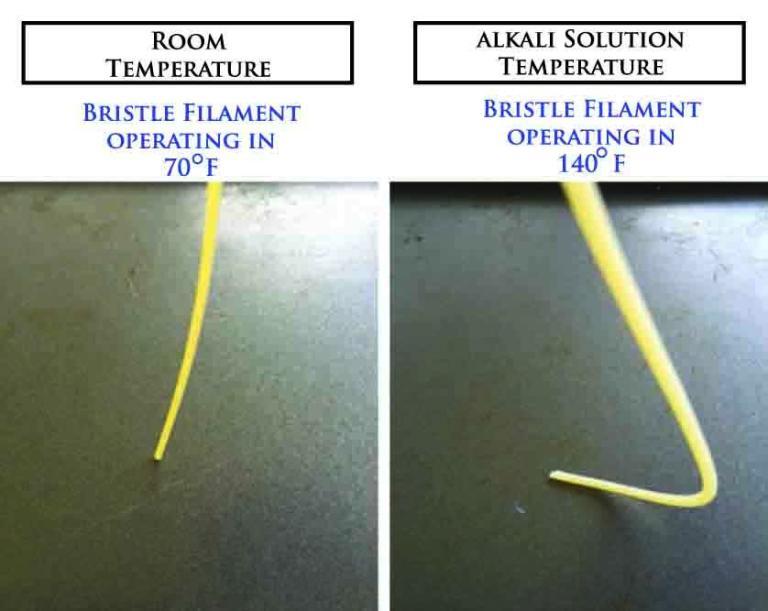
The behavior of a bristle filament on a brush is much like that of opening up a box of spaghetti and pulling out one stick of spaghetti. It is fairly solid and straight. But when I suspend it in a pot of hot water, that once rigid stick of spaghetti turns into a mush noodle. This is what happens to a bristle brush operating in a 140 + degree environment.
The environment a bristle brush is in, affects how the filament tip engages onto the surface of the strip. If the only variable you changed in your brush machine is temperature, you would see a huge difference in the cleanliness of the strip. We call this the spaghetti effect. Knowing that this is happening inside your brush machine is half the battle.
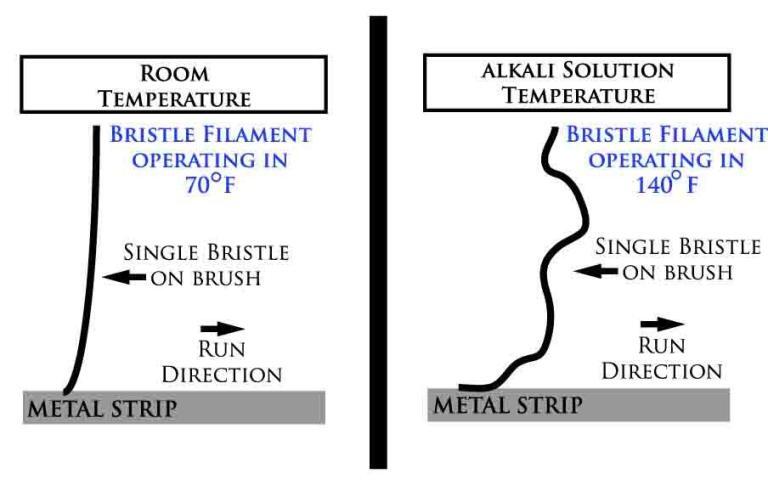
Potential Bristle “Spaghetti Effect” Issues
– Bristle Tip to Strip Surface Engagement. This is where the work is being done. With a limp bristle there is a chance that the bristle is hitting the strip surface on its side; thus no abrasive action is happening
– Bristle Control – The bristle may have lost partial stiffness and is now moving in a circular motion when it hits the strip surface. This will cause an irregular pattern
– Brush Being Crushed. If your load controller on your brush machine is seeking a certain kW value that is created from the friction of the brush on strip, there is a potential that your brush can be crushed. The filament loses its stiffness when heat is added to the process. If you calibrated the machine and process without the process heat present, your machine could be crushing the brush into the back up roll, as it is searching for the load point.
– Bristle Fall Out from the Brush – If you have to clean out your filter system too frequently and find bristles, this may be the cause.
APT has proprietary manufacturing processes and materials we use in our brush manufacturing and tool engineering designs. We build both brush machines and the brushes and have a thorough knowledge and experience of the Surface Cleaning Process.
If you are experiencing these issues, we may have a solution for you. Please Contact Us.

